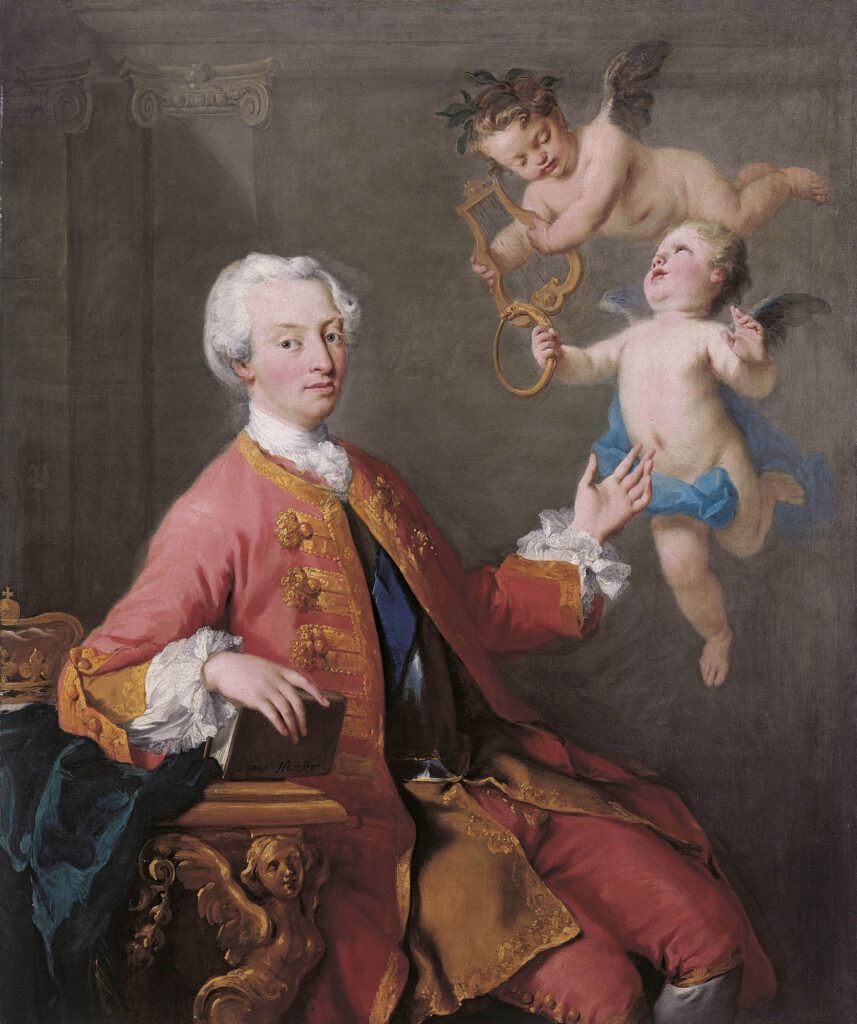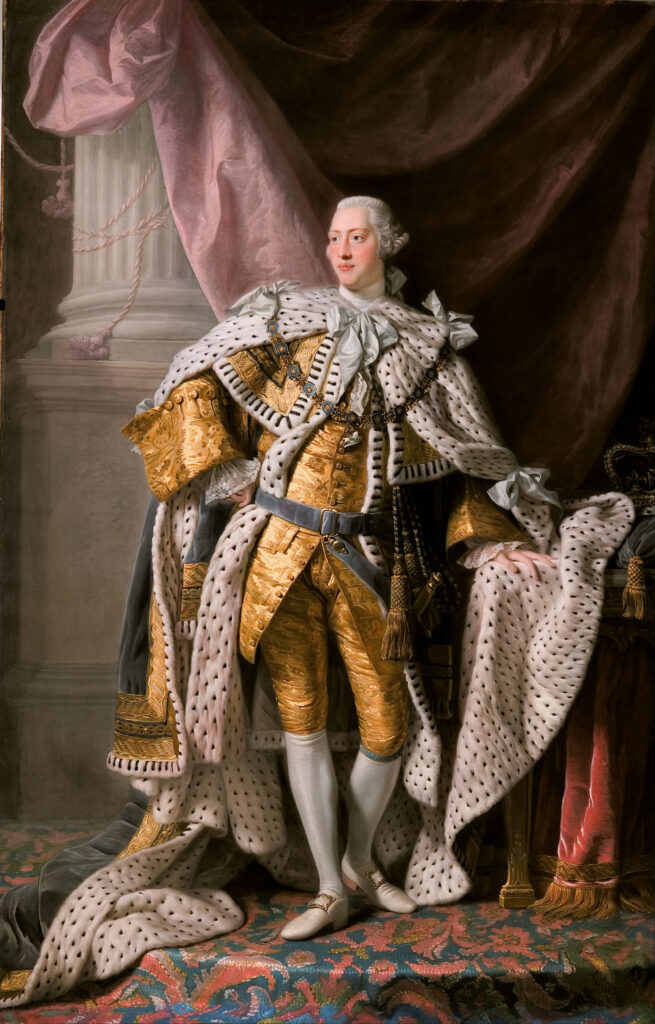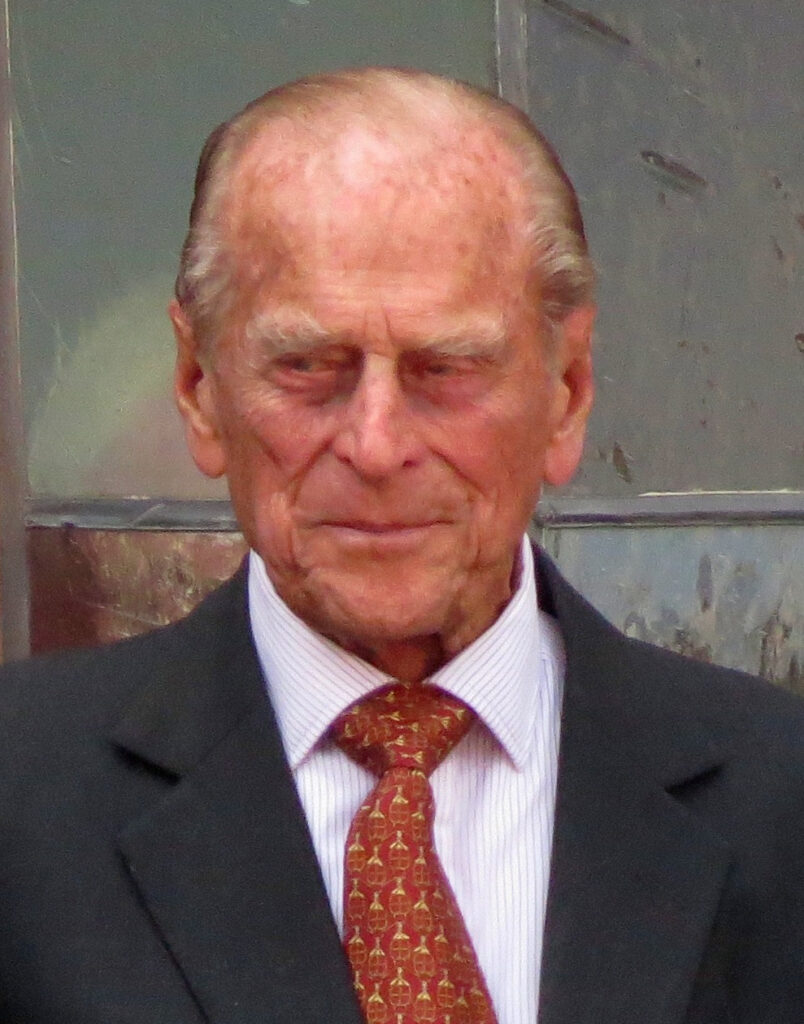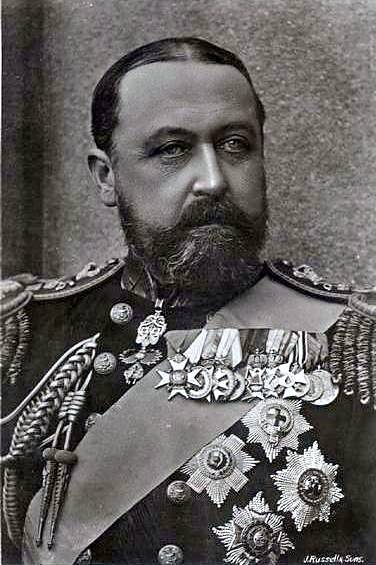
Dukedoms are the highest titles in the British roll of peerage. These titles are sometimes created and bestowed on sons and grandsons of the British monarch, usually when they get married.
Named after the capital city of Scotland, the Dukedom of Edinburgh was first created on 15 July 1726 during the reign of King George I, who bestowed it upon his grandson, Prince Frederick (1707-1751), who became Prince of Wales three years later. The son of King George II and Queen Caroline, Prince Frederick was also Duke of Cornwall and Duke of Rothesay. In 1736, he married Princess Augusta of Saxe-Coburg and Gotha, with whom he had nine children. The subsidiary titles of the dukedom were Baron of Snowdon, Viscount of Launceston, Earl of Eltham, and Marquess of the Isle of Ely. Prince Frederick predeceased his father in 1751 and his titles passed to his eldest son. The future King George III was thus briefly known as the Duke of Edinburgh until he was created Prince of Wales.

When Prince George succeeded as George III upon his grandfather’s death in 1760, the title merged with the Crown. He married Princess Charlotte of Mecklenburg-Strelitz in 1761, and together, they had fifteen children.
In 1764, Prince William Henry, a younger brother of the new king, was created Duke of Gloucester and Edinburgh and Earl of Connaught. His only son, Prince William Frederick (1776-1834), inherited the titles, on 25 August 1805, upon the death of his father. In 1816 he married Princess Mary, his first cousin and the fourth daughter of King George III, but they had no children together and the title went extinct upon his death in 1834.

The second creation of the title of just Duke of Edinburgh (without Gloucester) goes back to the reign of Queen Victoria; on 24 May 1866, Prince Alfred (1844-1900) was given the titles of Duke of Edinburgh, Earl of Ulster and Earl of Kent with an annuity of £15,000 granted by Parliament. The second son and fourth child of Queen Victoria and Prince Albert of Saxe-Coburg and Gotha, Prince Alfred was known as the Duke of Edinburgh from 1866 until he succeeded his paternal uncle, Ernest II, as the reigning Duke of Saxe-Coburg and Gotha.
In 1874, Prince Alfred married Grand Duchess Maria Alexandrovna, the daughter of Tsar Alexander II of Russia, with whom he had five children: Alfred, Hereditary Prince of Saxe-Coburg and Gotha; Marie, future Queen of Romania; Victoria Melita, whose second husband was Grand Duke Kirill Vladimirovich of Russia; Alexandra, Princess of Hohenlohe-Langenburg via her husband, Prince Ernest II; and Beatrice, who became Duchess of Galliera after marrying the Infante Alfonso, Duke of Galliera. Tragically, Prince Alfred’s only son predeceased him and the Dukedom of Edinburgh went extinct once more. He was succeeded as Duke of Saxe-Coburg and Gotha by his nephew, Prince Charles Edward, Duke of Albany, the posthumous son of his youngest brother, Prince Leopold, Duke of Albany.

Prince Philip. Photo: Kiefer from Frankfurt am Main, Germany – Flickr: CC BY-SA 2.0, Wikimedia Commons 
Prince Alfred. Public Domain, Wikimedia Commons
The third creation of the title occurred during the reign of King George VI, on 20 November 1947. It was bestowed upon Philip Mountbatten (born Prince Philip of Greece and Denmark in 1921 as the son of Prince Andrew of Greece and Denmark and Princess Alice of Battenberg). King George VI also bestowed by Letters Patent the style His Royal Highness on Philip. The Duke of Edinburgh married the then Princess Elizabeth, who became known as The Princess Elizabeth, Duchess of Edinburgh until her accession in 1952.
Prince Philip and Queen Elizabeth II have four children: Prince Charles, Princess Anne, Prince Andrew and Prince Edward. When Prince Edward (now the Earl of Wessex) married then – Sophie Rhys-Jones in 1999, it was announced that he would become the Duke of Edinburgh when the title reverts to the Crown. After Prince Philip’s death, the title will pass to Prince Charles (as the eldest son) and when Prince Charles becomes King, the title will revert to the Crown, leaving the new King Charles free to create it again for Prince Edward.

